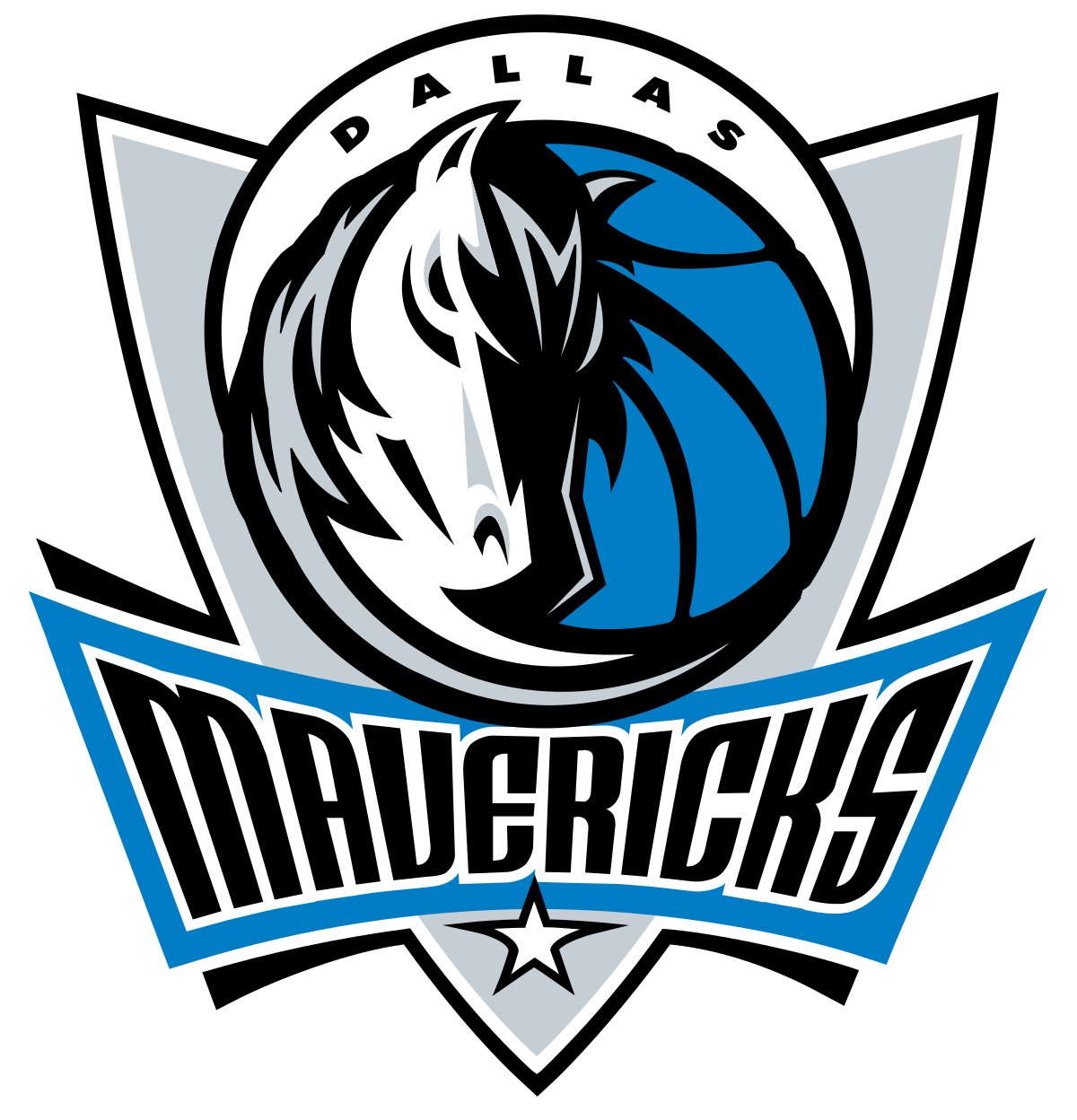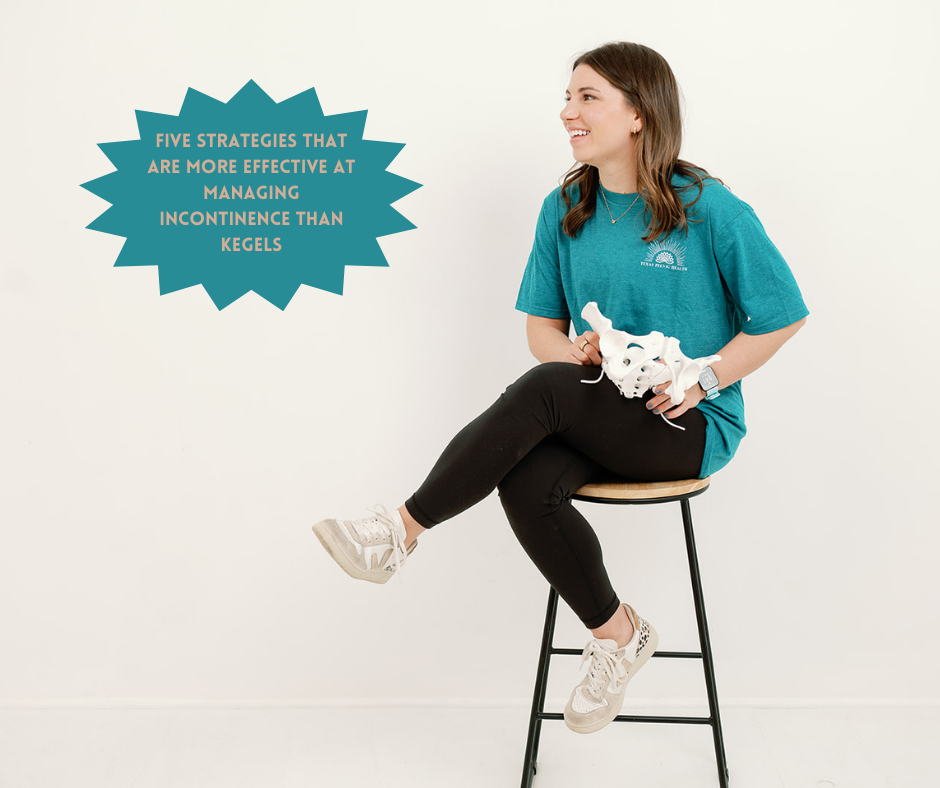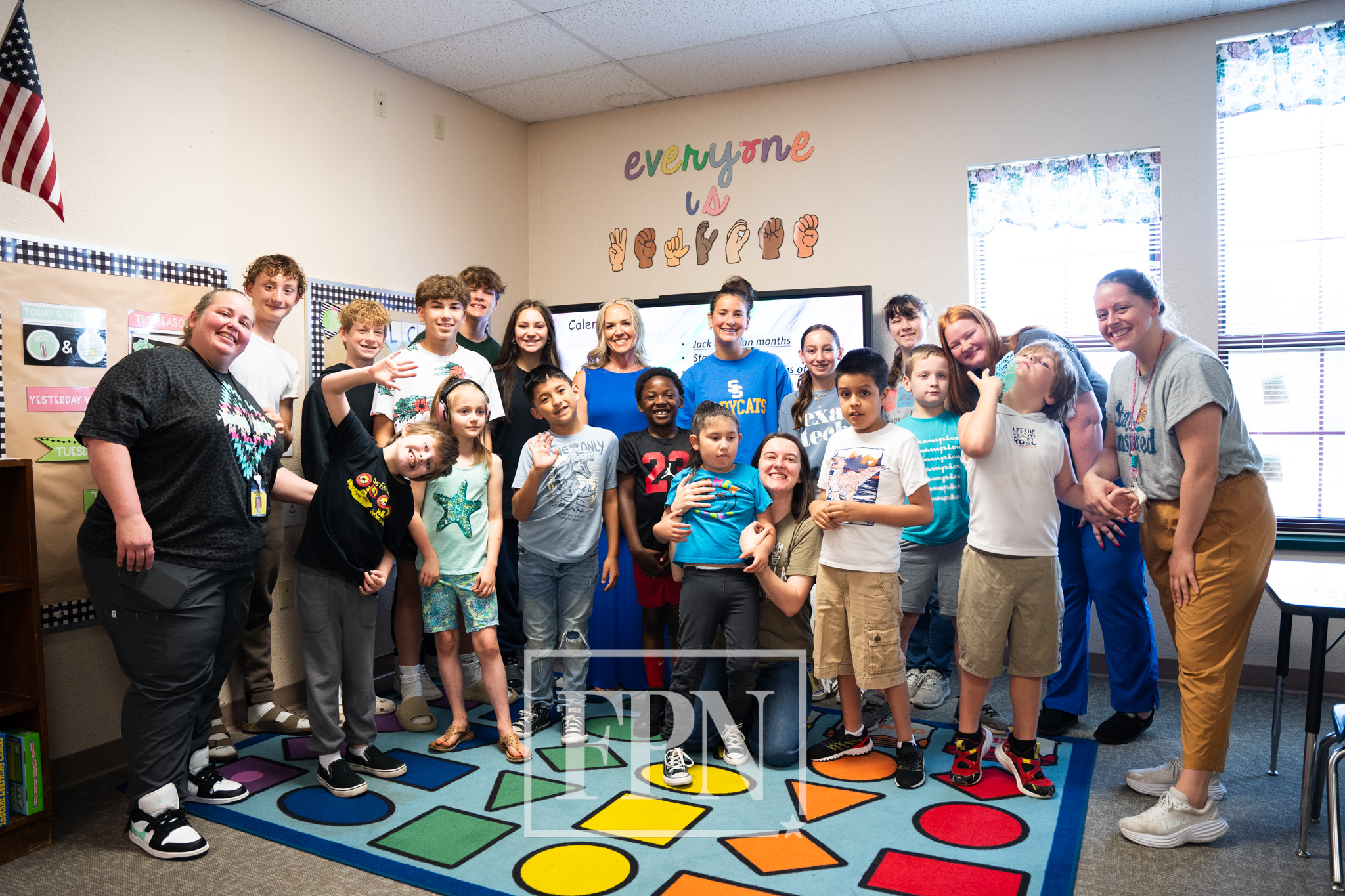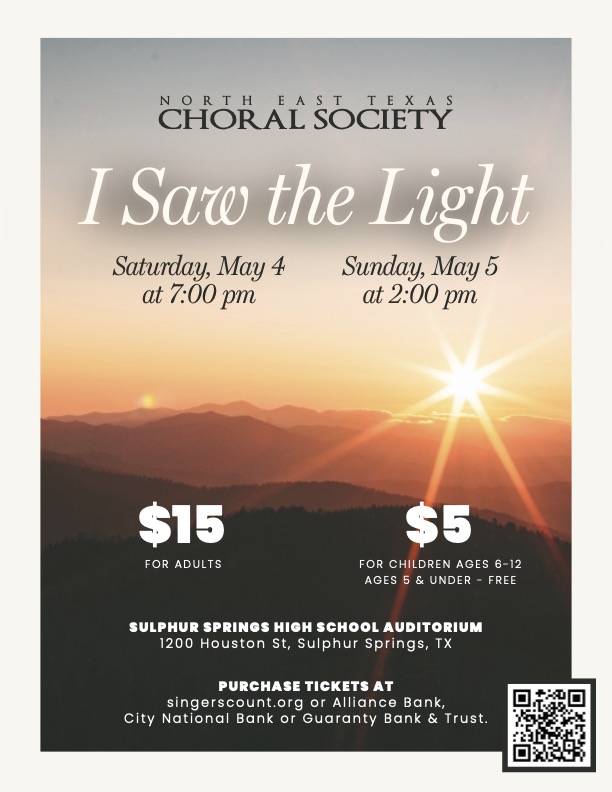Dallas Mavericks Draft update Part 1 (History of the 26th pick)

[adning id=”33097″]
The NBA Draft is just a few short weeks away and with fans of all but two teams now in offseason mode, the draft is a main focus for a number of the teams in the league. Whether it be a team with a top pick, looking to hopefully add a generational star to their team, or a team drafting towards the back of the draft, hoping to add a serviceable role player, fans are starting to talk themselves into guys they hadn’t heard of two weeks ago.
For the Dallas Mavericks, their fans fall into the latter category, given the Mavericks have the 26th pick of the draft. While the draft as a whole is a crapshoot, the later picks of the first round can especially be so. What we will be doing in this piece is looking back at each of the last 20 drafts and seeing who the 26th pick of the draft will be.
We will also be looking at who the team could have, or in most instances, should have taken with that pick. While hindsight is 20/20 (as it should be, if your hindsight isn’t 20/20 you need to get that checked out) we will be keeping things as fair as possible. We won’t be included second round picks who every team passed on and happened to pan out, we will only be including picks who actually were drafted in the first round of their respective draft.
This exercise will hopefully give us insight on two things. One, exactly how random success from late round picks can be, but also how there is value to be found, if you happen to draft correctly.
2002 (John Salmons, Philadelphia 76ers)
John Salmons very well was the correct pick in the 2002 draft. Salmons played 13 years in the league and scored as many as 18.3 points per game in the 2008-2009 season. While he never scored more than 8.5 points per game for Philadelphia, he did improve in each of his first seven seasons in the league and was playing more than 30 minutes a game for a while.
2003 (Ndudi Ebi, Minnesota Timberwolves)
The 2003 draft is out first example of exactly why we’re doing this exercise. Who is Ndudi Ebi you might be asking? Don’t worry, this isn’t the last time you’ll find yourself asking that question in this article. Ebi played 19 games in the NBA.
The next three picks of that same draft? Kendrick Perkins, Leandro Barbosa and Josh Howard. There is value to be found, you just have to choose correctly. Any of those three names would’ve been huge upgrades, but as Mavericks fans, let’s look at Howard.
[adning id=”33207″]
Howard, who was a one-time all star, came in the league and made a difference immediately. By just his second season in the league, he was averaging double-digits. By his third year in the league, he was at 15.6 points per game, before scoring 18 points per game or more for the next three seasons.
Unfortunately, by age 30, Howard was no longer relevant, as I’m sure most Mavericks fans are well aware. With that being said, I’m sure every fan reading this would gladly sign up for another Josh Howard with the 26th pick of this years draft.
2004 (Kevin Martin, Sacramento Kings)
Kevin Martin is one of the best players in today’s exercise. By just his third year in the league, as a 23-year-old, Martin was averaging 20 points per game and was doing so efficiently. Martin would go on to average 23.7, 24.6 and 20.6 points per game over the next three years, though he was missing games due to injuries. Martin would go on to play in 714 games and finish with a career average of 17.4 points per game, shooting 44% from the field and 38% from 3. If this draft has a Kevin Martin, Dallas would love to find him.
2005 (Jason Maxiell, Detroit Pistons)
Before we bash the Pistons for drafting a 6-foot-7-inch PF/C, let’s clarify that Maxiell did last for 10 years in the league and played in 618 games. Now, with that out of the way, let’s bash the Pistons for not drafting David Lee.
Lee, who Dallas fans might remember for a short stint at the end of his career, was a two-time all star and averaged 20 points per game on two separate occasions. Though at the time it felt like he didn’t quite have a position, that would’ve been perfectly fine in today’s league.
Lee had a six-year peak from 2008-2014, in which he scored 18.2 points per game and pulled in 10.7 rebounds. He also shot 53% from the field and averaged 36 minutes per game.
2006 (Jordan Farmar, Los Angeles Lakers)
In the first half of this exercise, teams seemed to get the right pick. Enjoy that while you can, because it will only be the case a few more times. Farmar, in my opinion anyway, is a pretty good example of what you could and might be getting from the 26th pick
[adning id=”33207″]
The UCLA point guard in 65 games or more in each of his first five seasons and played an average of almost 20 minutes per game. In that span Farmar averaged 7.4 points per game and 2.7 assists per game, shooting 36% from 3 and 42% from the field.
Is Farmar a sexy pick? No, not by any stretch of the imagination, but he wasn’t Ndudi Ebi (Sorry Ndudi) and you will see worse names on this list as we go along. The odds of getting a Farmar with the 26th pick aren’t bad, and worse things have happened to the Dallas Mavericks and probably will again in the future.
2007 (Aaron Brooks, Houston Rockets)
There’s an argument to be made that Houston got the pick right here. By just his third season in the league, Brooks averaged 19.6 points and 5.3 assists per game and shot just under 40% from 3. Though he never had a season in this same realm, it was clear they had a player who made solid contributions and probably should’ve have a better career.
Just one pick behind him went Aaron Afflalo, who probably is the better pick. While the most points per game he ever averaged was 18.2, Affalo was unarguably better for longer. After a slow start in his first three seasons, Afflalo went on to score 15.1 points per game, while shooting 38% from 3 and 46% from the field over a five-year stretch. He had one more decent season after that and then fell off, but by any stretch of the imagination, an efficient 15 points per game over five seasons would be a huge grab at 26.
2008 (George Hill, San Antonio Spurs)
George Hill’s career in San Antonio didn’t last very long, but what it led to was more than they could ever imagine. Hill was productive right away, scoring 12.4 points per game and 11.6 points per game in his second and third seasons. What that led to was an opportunity, the opportunity to trade Hill to the Indiana Pacers for the 15h pick of the 2011 NBA Draft.
Who did the Spurs get in return you might be wondering? A robot of a man named Kawhi Leonard. Leonard has gone on to have a Hall of Fame career and even helped them win a championship in 2014.
While Hill had a productive career of his own, in this exercise, his value is measured as an asset. As an asset, he helped land a two-time NBA Finals MVP, where do we sign up?
2009 (Taj Gibson, Chicago Bulls)
Taj Gibson might be the best example of any pick on this list. Was Gibson ever an all star? No. Was Gibson ever someone you’d want to be a top two or three option on your team? Not if you had serious title hopes.
Gibson was, however, a solid contributor to multiple playoff teams in his career. As a rookie Gibson averaged 9 points and 7.5 rebounds, playing 27 minutes a night and started all five of their playoff games.
Just a few years later, Gibson averaged 18.2 points per game in the 2014 playoffs and proved to be a legitimate scoring option when it counted. Gibson may have never took his game to the level some thought he could, but he was solid and reliable up until he was closing in on 35 years old. If you can get that with one of the final picks of the first round, I think most teams would gladly take that.
2010 (Quincy Pondexter, Oklahoma City Thunder)
Remember that thing I said about teams not getting the pick right many more times? Well, we’re almost there. In this instance, OKC probably did make the right call, but this is also one of the weakest draft classes we will be looking at.
Other options were Jordan Crawford, Greivis Vasquez (a player who’s stock I’m still foolishly holding on to), Daniel Orton (who?) and Lazard Hayward (again, who?). To Pondexter’s credit, he played legitimate minutes on decent teams, including 24 minute a night in the 2013 playoffs for the Memphis Grizzlies. He also scored nine points per game and shot 45% from 3 on 3.5 tries per game during that postseason. While it may not seem like an amazing pick, the Thunder did take the best option available and at least one playoff team got legitimate use from him.
More than anything, as Mavericks fans, let’s hope this years draft has better options available than Pondexter, Crawford, Vasquez, Orton and Hayward. Or let’s hope that at the very least, we will remember most of their names when an almost 40-year-old Tyler is writing that article a decade later.
2011 (Jordan Hamilton, Dallas Mavericks)
Ahh yes, who doesn’t remember Dallas Mavericks legend Jordan Hamilton? You’re probably not going to love what I have to say next but, just four picks later a player named Jimmy Butler was taken by the Bulls.
[adning id=”33207″]
Is it realistic that when the Mavericks come up to draft at 26 in a few weeks there will be a future six-time all star, four-time All NBA Third Team and five-time NBA All-Defensive Second Team player available? No, probably not.
This exercise does show that it is possible though. With a new front office in charge, it is feasible to think that if it does happen, the Mavericks won’t draft this years version of Jordan Hamilton over him though.
2012 (Miles Plumlee, Indiana Pacers)
I know what you’re thinking, Tyler said there would only be a few more times in which the team got the pick right, I wonder when that’s coming up. Well, it’s now actually. Unless you consider Arnett Moultrie, Perry Jones, Marquis Teague or Festus Ezeli to be better.
Not all drafts are equal, sometimes the 30th pick of the draft is Jimmy Butler, sometimes it’s Festus Ezeli. All we can hope for, is this year the players available at 26 are somehow closer to Butler than they are Ezeli (we can dream right?)
2013 (Andre Roberson, Minnesota Timberwolves)
A quick side note, the 24th and 25th picks of this draft were Tim Hardaway Jr. and Reggie Bullock. Two current Mavericks, the player that should’ve went here? A player some Mavericks fans have been begging for and are still talking themselves into, Rudy Gobert.
This exercise was meant to be fun (and admittedly very time consuming, if you’re still reading, thank you, you’re the real MVP) Anybody who’s spent anytime at all as a Mavericks fan on Twitter knows the Gobert conversation is no longer fun and perhaps it never was. I’m not here to debate whether or not Gobert is a good fit, I’m just here to inform you that at 26, a future three-time NBA Defensive Player of the Year was available and that should give us hope.
2014 (P.J. Hairston, Miami Heat)
P.J. Hairston was the 26th pick of the 2014 NBA draft and at the time I’m not sure many people had complaints. Hairston was coming from UNC and was a former McDonald’s All-American, the exact kind of player you’d probably take at 26 if they were available.
The options behind him won’t sweep you off your feet, but they would be solid additions to this Mavericks roster and players we honestly could’ve used this season. For this pick we will be going with Bogdan Bogdanovic, the 38% 3-point shooting Serbian.
While Bogdanovic wasn’t as good this season (none of the Atlanta Hawks were) as he was in the 2020-2021 season, when he averaged 16.4 points per game and shot an impressive 44% from 3. Though he spent the first five seasons after he was drafted playing overseas, since he joined the Kings in 2017, he’s scored 14.2 points per game and has been an efficient 3-point shooter. How many fans would be cool with stashing a player for five seasons? I can’t imagine many, but in this scenario, it would’ve been the right call.
2015 (Nikola Milutinov, San Antonio Spurs)
If you’re not familiar with Milutinov, there may be a reason for that. Though he was a first round draft pick in 2015, he’s played in as many NBA games as you and I have (unless of course you’ve played in one or more, in which case, stop reading this and come hop on the podcast, I have questions.)
The pick I probably would’ve made here (at the time) would’ve been R.J. Hunter, who was coming off a fun tournament run with Georgia State and looked like he was going to be a good 3-point shooter. The right call, sorry Mavs fans, would’ve been a player who we just watched destroy us in the Western Conference Finals, Kevon Looney.
Nothing about Looney’s basketball reference page would stand out to the casual NBA fan, nor should it. If you’re a Dallas fan, though, you know all too well how badly the 25-year-old and possibly soon to be three-time champion exposed our bigs. Would drafting Looney be a sexy pick, even today? No, probably not. It would be an efficient one though and could’ve possibly led to Dallas putting up a much stronger fight in the Western Conference Finals.
2016 (Furkan Korkmaz, Philadephia 76ers)
Okay, I get it, to the casual fan this might not seem like an amazing pick, but let’s put things into perspective. This exercise is about what you COULD have drafted with the 26th pick in past years, and also looking at what actually was. For what actually was, this is far from a bad pick. In his age 22 and 23 seasons, Korkmaz scored 9.5 points per game and shot 39% from 3. He also played 16 minutes a game in the post season on a 76ers team who had expectations.
What you could’ve gotten is a different thing. What you could’ve gotten, was a player from New Mexico State named Pascal Siakam.
[adning id=”33207″]
Over the last three seasons Siakam has scored 22.4 points per game, grabbed 7.7 rebounds and dished out 4.4 assists per game. The 27-year-old also made an All-NBA Second Team and played a huge role on the 2019 championship Raptors team.
Are there a ton of players who could score 19 points per game during the postseason in a championship run that could help us out in three seasons? Probably not. Does history show us that there very well could be? Yes, actually.
2017 (Caleb Swanigan, Portland Trailblazers)
I’d like to point out, that at the time, Swanigan actually seemed like a solid value pick at 26. He was coming off a First Team All-American season at Purdue and was named the Big Ten Player of the Year. In his time in the league Swanigan averaged just 2.3 points and 2.9 rebounds per game and hasn’t been on a roster since the end of the 2019-2020 season. Sure, not what you want to hear as we near the end of this exercise.
If it makes you feel any better, what Portland could’ve done here was take Kyle Kuzma. Kuzma, who went just one pick later, scored 17.1 points per game this past season, though be it on a bad Wizards team, and looks like he still may be getting better.
2018 (Landry Shamet, Philadelphia 76ers)
Landry Shamet is again another player whose Basketball Reference page probably isn’t going to leap out at you, though it doesn’t have to. Scoring nine points per game in his career and shooting 39% from 3, Shamet played a decent role on the One-Seed Phoenix Suns this season (This feels like a good time to remind everyone the Mavericks knocked them out in the Western Conference Semifinals, I know that and you reading this know that, but isn’t it fun to say out loud?)
What you could’ve gotten was a player from Texas A&M who has one of the coolest nicknames in all of sports, The Time Lord (For anyone wondering why he’s called that, here ya go) Williams may not have gotten off to the smoothest start to his career, but he was named NBA All-Defensive Second Team this season and is starting in the NBA Finals. For most Mavericks fans all of our complaints are about lack of having a big man, if you could draft a center who would be named NBA All-Defensive Second Team and would be starting for us in the NBA Finals four seasons from now, you would very gladly do so.
2019 (Dylan Windler, Cleveland Cavaliers)
Have you ever seen the gif of Snoop Dogg’s appearance on The Breakfast Club? Well if so, read this in that voice… who? Windler scores 2.2 points per game and if you scrolled to the very bottom and skipped the rest of this article, I can see where that would look bad. It both should and shouldn’t though. If Dallas does keep the 26th pick and chooses to use it, they could end up drafting a Windler.
Or they could end up drafting a Jordan Poole, who at the time may not have even sounded like a sexier pick. What is Poole currently up to? Poole is, at the time of this article, coming off a 17-point game in which he helped his team tie the NBA Finals up at 1-1.
I don’t need to read you his stats, but let’s do it anyway. Poole averaged 18.5 points per game this season and arguably, should have won the Most Improved Player of the Year award. I know the name Dylan Windler may have scared you off, and if you’re a Cavs fan it probably does. They also just as easily could have hadPoole instead though.
2020 ( Payton Pritchard, Boston Celtics)
Well, for the third paragraph in a row I get to use the same phrase. What are they up to now? Pritchard is currently playing 14 minutes a night on the Boston Celtics and is at very worse an Eastern Conference champion. By the time of the this years NBA Draft, he very well might be an NBA champion.
If Pritchard isn’t doing much for you, let’s look at a player who will. A man who played his college games in the DFW at TCU, Desmond Bane. In his first two seasons Bane has looked great. The now 23-year-old was named NBA All-Rookie Second Team in Year One and then took a giant leap in Year Two.
This season Bane scored 18.2 points per game on a great Memphis Grizzlies team and actually played even better in the playoffs, scoring 18.8 points per game and playing 36 minutes a night. The future (or the present already?) is bright in Memphis, partially because of, Desmond Bane.
2021 (Bone Hyland, Denver Nuggets)
Ahh, we’re finally here. We made it. It’s way too early to try to judge whether or not this was a good pick, but after the one year sample size we have? We have no reason to say it wasn’t. Hyland scored 10.1 points per game for the Nuggets this year and played 19 minutes a night. Coming in as a rookie and contributing on a team, who was viewed similarly to how the Mavericks will be viewed going into next season. This, should make up for all the hope that was lost whenever you read the name Dylan Windler.
Just as promising, was the player who was taken with the very next pick, Cam Thomas. First I will start by saying as an LSU fan yes, I am biased and I am aware of that. For what it’s worth, Thomas averaged 8.5 points per game for the Nets this year and has the tools to be a solid scorer in the league for years to come.
If Dallas, again chooses to use their pick, comes up at 26 and gets to choose between a Bone Hyland and a Cam Thomas, that will be a solid draft.
So, what did we learn with this exercise? Well, for one thing, if you’re still here and you’re still reading this, we learned you have incredible patience or perhaps you have an equally incredible amount of time on your hands (Or maybe you’re just a relative, shoutout to my grandfather and my cousins Jordan, Josh and Drew, love ya’ll).
We learned a few things. We learned what we already knew– that the NBA Draft is a crapshoot (sorry, you probably didn’t need close to 4,000 words to tell you this) but the 26th pick of the draft still has more value than teams seem to be giving it now. Could the Mavericks trade their pick, making all of this research and commentary absolutely meaningless? Sure. After all, we did learn a former 26th pick (George Hill, looking at you) has been traded for a future Hall of Famer.
We learned it could be used to take players like Dylan Windler (sorry man, last one I promise) or Caleb Swanigan. We also learned it can be used to take players like Jimmy Butler, Jordan Poole, Rudy Gobert and anywhere in between.
Assuming Dallas does in fact keep their pick, who will Dallas end up with? A Windler or a Butler… or somewhere in between?
Stay tuned on Front Porch News as we continue to look at the upcoming NBA draft, as well as drafts from the past to give us some insight on how this years might go.
[adning id=”33207″]














